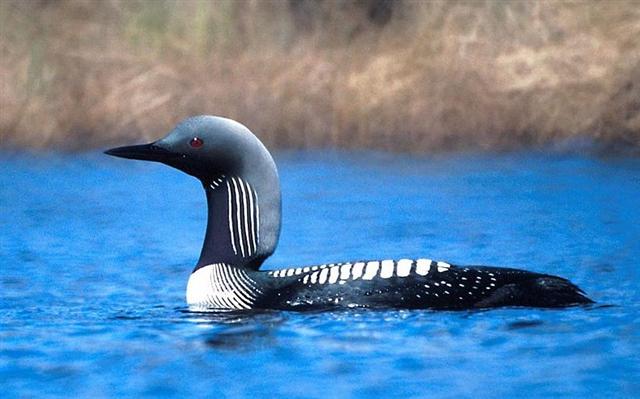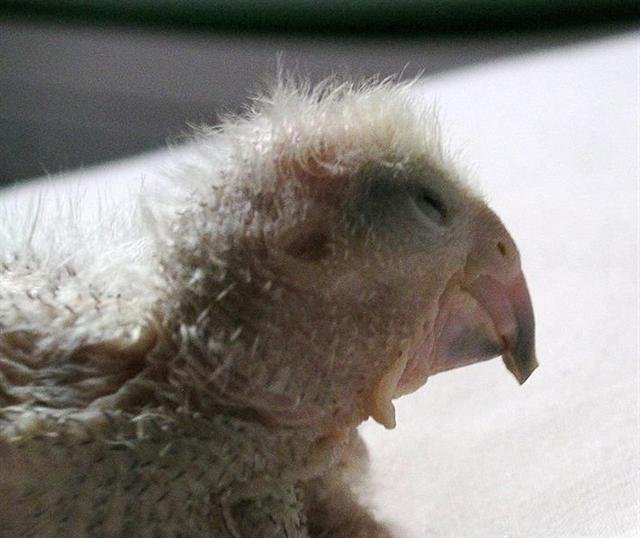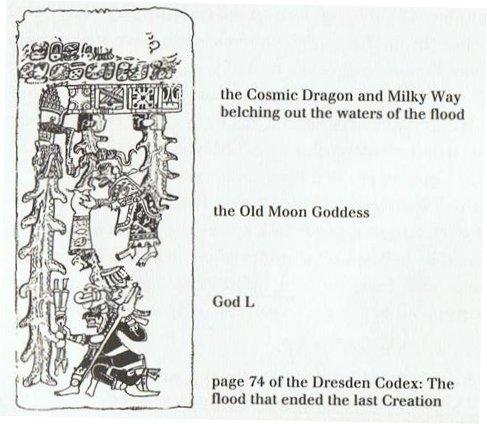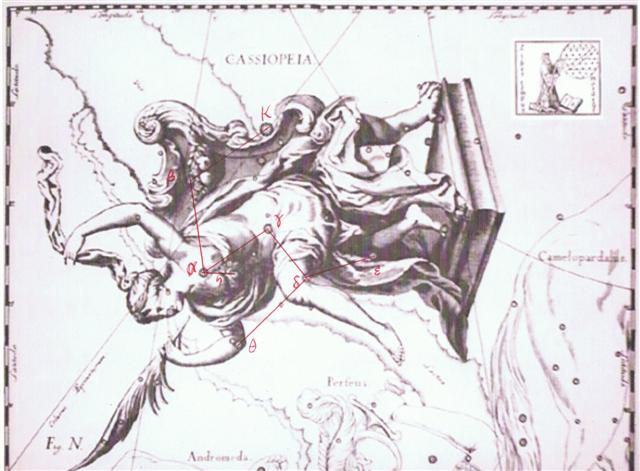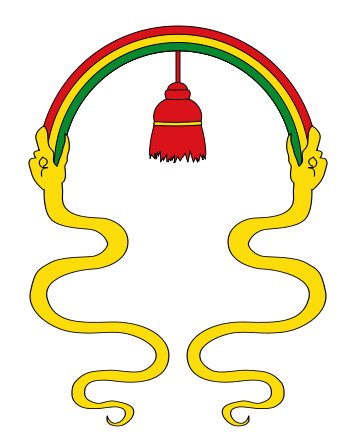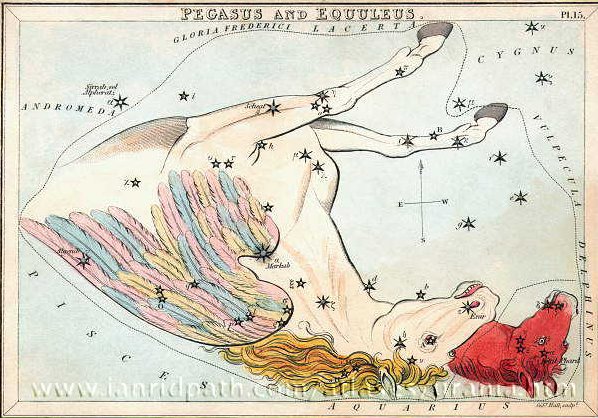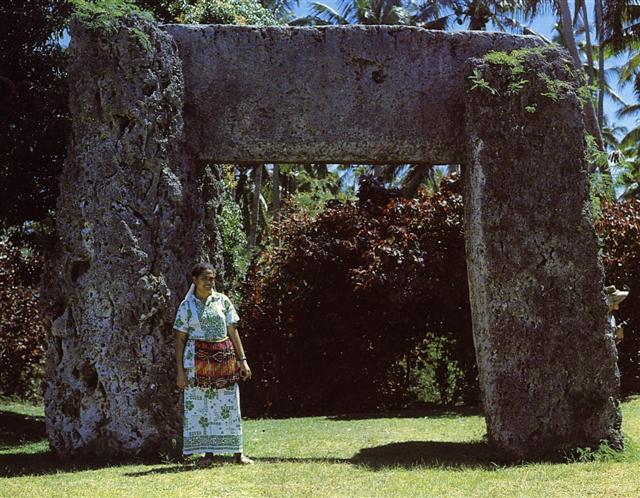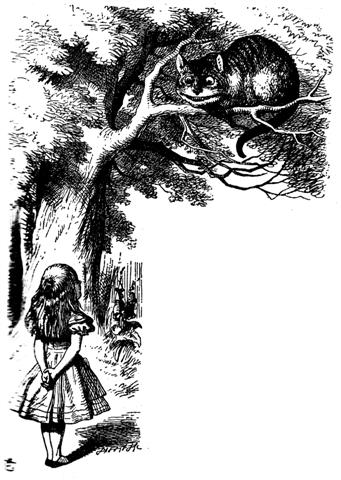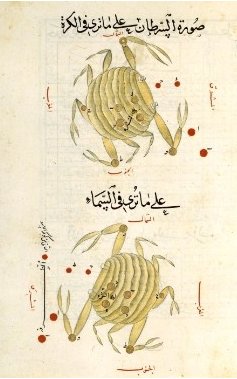103. Presumably the Breast of Cassiopeia (Schedir) high up in the north was a place for rebirth, for the function of a breast is to give nourishment to the young.
And the beginning of the Milky Way River was at Cassiopeia, in the quadrant of the March Haire.
... 'I wan't a clean cup', interrupted the Hatter: 'let's all move one place on.' He moved as he spoke, and the Dormouse followed him: the March Hare moved into the Dormouse's place, and Alice rather unwillingly took the place of the March Hare. The Hatter was the only one who got any advantage from the change; and Alice was a good deal worse off than before, as the March Hare had just upsed the milk-jug into his plate ...
... In the morning of the world, there was nothing but water. The Loon was calling, and the old man who at that time bore the Raven's name, Nangkilstlas, asked her why. 'The gods are homeless', the Loon replied. 'I'll see to it', said the old man, without moving from the fire in his house on the floor of the sea. Then as the old man continued to lie by his fire, the Raven flew over the sea. The clouds broke. He flew upward, drove his beak into the sky and scrambled over the rim to the upper world. There he discovered a town, and in one of the houses a woman had just given birth. The Raven stole the skin and form of the newborn child. Then he began to cry for solid food, but he was offered only mother's milk. That night, he passed through the town stealing an eye from each inhabitant. Back in his foster parents' house, he roasted the eyes in the coals and ate them, laughing. Then he returned to his cradle, full and warm. He had not seen the old woman watching him from the corner - the one who never slept and who never moved because she was stone from the waist down. Next morning, amid the wailing that engulfed the town, she told what she had seen. The one-eyed people of the sky dressed in their dancing clothes, paddled the child out to mid-heaven in their canoe and pitched him over the side ...
The preceding cycle with 8 segments would become 0 at day zero, when a new counting of days was due to begin. ... Ogotemmêli had his own ideas about calculation. The Dogon in fact did use the decimal system, because from the beginning they had counted on their fingers, but the basis of their reckoning had been the number eight and this number recurred in what they called in French la centaine, which for them meant eighty. Eighty was the limit of reckoning, after which a new series began. Nowadays there could be ten such series, so that the European 1,000 corresponded to the Dogon 800. But Ogotemmêli believed that in the beginning men counted by eights - the number of cowries on each hand, that they had used their ten fingers to arrive at eighty, but that the number eight appeared again in order to produce 640 (8 x 10 x 8). 'Six hundred and forty', he said, 'is the end of the reckoning.' And possibly this could have occurred *8 days beyond the Woman in the Corner of the Square House - at Sirrah and day 0h.
We could also say that a new cycle of 8 should begin with the egg from the preceding cycle, and that there should be 8 dark nights for the chicken inside before she would emerge by using her egg tooth:
... Long ago in the very beginning of time there dwelt within a shell an infant god whose name was Ta'aroa. He was Ta'aroa the unique one, the ancestor of all gods, the creator of the universe whose natures were myriad, whose backbone was the ridgepole of the world, whose ribs were its supporters. The shell was called Rumia, Upset. Becoming aware at last of his own existence and oppressed by a yearning loneliness Ta'aroa broke open his shell and, looking out, beheld the black limitless expanse of empty space. Hopefully, he shouted, but no voice answered him. He was alone in the vast cosmos. Within the broken Rumia he grew a new shell to shut out the primeval void ...
Presumably it was the double-cycle of Venus which was the origin of the idea of 8 (one more than 7 and two more than 6):
... Once upon a time there was an old woman who owned a great potato field (mara) where she planted her potatoes in spring and harvested them in autumn. She was famous all around for her many varieties of wonderful potatoes, and she had enough of them to sell at the market place. She planted her potatoes 7 in a row, placing her foot in front of her as a measure from one potato to the next. Then she marked the place with a bean - which would also give nourishment to the surrounding potatoes in order to make them grow upwards.
Next she changed variety and planted 7 more followed by another bean, and this was the pattern she followed until all her 214 varieties had been put down in their proper places. She had drawn a map which she followed and from where each sort of potato could be located at the proper time for its harvest. I was fashinated, when I happened to stumble on this Swedish TV program, because my 'once upon a time' was now and 214 (= 2 * 107) was surely no coincidence. She knew what she was doing. Let's therefore count: 214 * 7 (potatoes) + 213 (beans) = 1711. So what? Probably because 1711 = 59 * 29 ...
The other night I learned (once again from lazily watching the TV screen) that the number of necessary days (or rather nights I suppose) for the proper mummification procedure in ancient Egypt was 66.
... In the highly stratified societies of Polynesia, rituals of birth, marriage, and death for the elite were often more elaborate than for commoners and involved a variety of exclusive artistic practices. One remarkable elite tradition was the funerary ritual for the very high-ranking men and women in the Society Islands, in which the costumed chief mourner appeared. The mourner paraded through the district after the mummified body had been displayed on a special bier for some time. All fled before him, for the chief mourner carried a shark-tooth weapon and had license to harm anyone he caught. His attendants, covered with soot and body paint, raced through the village, attacking everyone they met. The procession of the chief mourner marked the end of the mourning period, when the bones of the deceased were removed from the funerary bier and buried or preserved as relics. Early sources do not record the meaning of this distinctive costume. Parallels with other Pacific art traditions and Tahitian petroglyphs suggest that the mask and breastplate together may represent the ancient 'ship of the dead' motif. Found in the arts of the Southeast Asian mainland, Indonesia, and the Philippines, this motif depicts the soul of the deceased traveling to the spirit world by ship. On the mourning dress, the curved breastplate represents the ship, while the vertical shell mask represents an abstract human figure surrounded by a halo ... 88 (Gb3-27) - 8 * 8 (64) = Gb1-24:
The Cancer constellation was not located at the end of the Milky Way River, instead there was a Gap to July 29 (210 = 30 weels) where the Beehive would arrive. Half 420 = 210, and 210 - 183 = 27 = 3 * 9. ... The worship of the Divine Child was established in Minoan Crete, its most famous early home in Europe. In 1903, on the site of the temple of Dictaean Zeues - the Zeus who was yearly born in Rhea's cave at Dicte near Cnossos, where Pythagoras spent 'thrice nine hallowed days' of his initiation - was found a Greek hymn which seems to preserve the original Minoan formula in which the gypsum-powdered, sword-dancing Curetes, or tutors, saluted the Child at his birthday feast. In it he is hailed as 'the Cronian one' who comes yearly to Dicte mounted on a sow and escorted by a spirit-throng, and begged for peace and plenty as a reward for their joyful leaps ... ... They all sat down and rested [on the plain of Oromanga], when suddenly they saw that a turtle had reached the shore and had crawled up on the beach. He [Ira] looked at it and said, 'Hey, you! The turtle has come on land!' He said, 'Let's go! Let's go back to the shore.' They all went to pick up the turtle. Ira was the first one to try to lift the turtle - but she didn't move. Then Raparenga said, 'You do not have the necessary ability. Get out of my way so that I can have a try!' Raparenga stepped up and tried to lift the turtle - but Raparenga could not move her. Now you spoke, Kuukuu: 'You don't have the necessary ability, but I shall move this turtle. Get out of my way!' Kuukuu stepped up, picked up the turtle, using all his strength. After he had lifted the turtle a little bit, he pushed her up farther. No sooner had he pushed her up and lifted her completely off the ground when she struck Kuukuu with one fin. She struck downward and broke Kuukuu's spine.The turtle got up, went back into the (sea) water, and swam away. All the kinsmen spoke to you (i.e. Kuukuu): 'Even you did not prevail against the turtle!' They put the injured Kuukuu on a stretcher and carried him inland. They prepared a soft bed for him in the cave and let him rest there. They stayed there, rested, and lamented the severely injured Kuukuu. Kuukuu said, 'Promise me, my friends, that you will not abandon me!' They all replied, 'We could never abandon you!' They stayed there twenty-seven [27] days in Oromanga. Everytime Kuukuu asked, 'Where are you, friends?' they immediately replied in one voice, 'Here we are!' They all sat down and thought. They had an idea and Ira spoke, 'Hey, you! Bring the round stones (from the shore) and pile them into six heaps of stones!' One of the youths said to Ira, 'Why do we want heaps of stone?' Ira replied, 'So that we can all ask the stones to do something.' They took (the material) for the stone heaps (pipi horeko) and piled up six heaps of stone at the outer edge of the cave. Then they all said to the stone heaps, 'Whenever he calls, whenever he calls for us, let your voices rush (to him) instead of the six (of us) (i.e., the six stone heaps are supposed to be substitutes for the youths). They all drew back to profit (from the deception) (? ki honui) and listened. A short while later, Kuukuu called. As soon as he had asked, 'Where are you?' the voices of the stone heaps replied, 'Here we are!' All (the youths) said, 'Hey, you! That was well done!' ...
... Men's spirits were thought to dwell in the Milky Way between incarnations. This conception has been handed down as an Orphic and Pythagorean tradition fitting into the frame of the migration of the soul. Macrobius, who has provided the broadest report on the matter, has it that souls ascend by way of Capricorn, and then, in order to be reborn, descend again through the 'Gate of Cancer'. Macrobius talks of signs; the constellations rising at the solstices in his time (and still in ours) were Gemini and Sagittarius: the 'Gate of Cancer' means Gemini ...
|
||||||||||||||||||||||||||||||||||||||||||||||||||||||||||||||||||||||||||||||||||||||||||||||||||||||||||||||||||||||||||||||||||||||||||||||||||||||||||||||||||||||||||||||||||||||||||||||||||||||||||||||||||||||||||||||||||||||||||||||||||||||||||||||||||||||||||||||||||||||||||||||||||||||||||||||||||||||||||||||||||||||||||||||||||||||||||||||||||||||||||||||||||||||||||||||||||||||||||||||||||||||||||||||||||||||||||||||||||||||||||||||||||||||||||||||||||||||||||||||||||||||||||||||
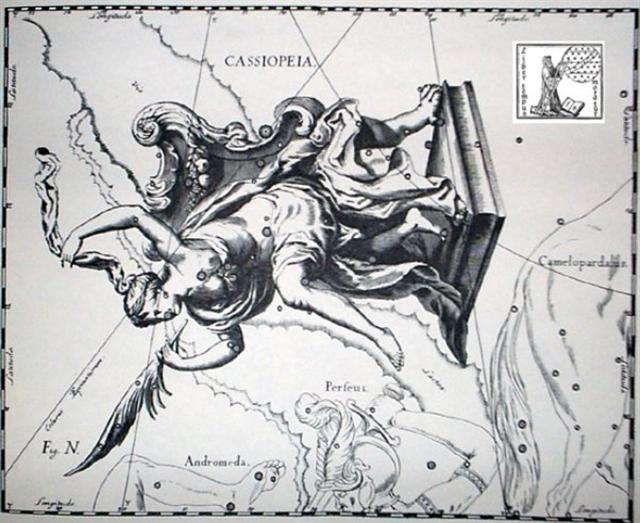
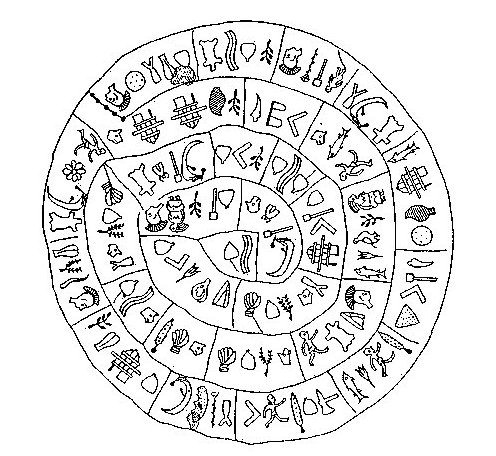
.jpg)





